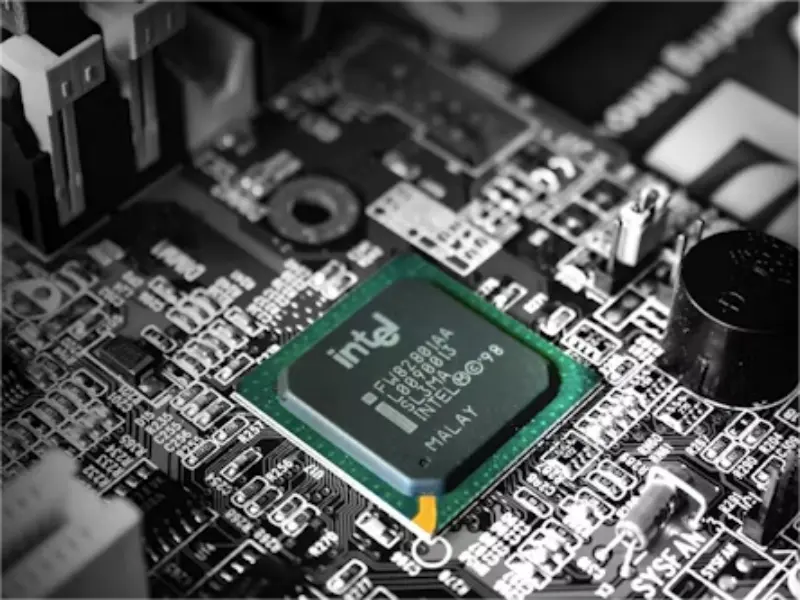- Wall Street shifted its focus to “AI laggards”’ such as Intel, AMD and IBM, viewing the potential for significant gains.
- Amid slowing earnings growth for tech megacaps, companies with subdued market expectations attracted investors’ attention.
OUR TAKE
Investors are turning their attention to the “AI laggards”, a group of companies that have exposure to the AI theme but have failed to keep pace with the gains of the biggest AI winners in the first half of the year. This interest has been driven by the view that, after a long period of dominance, the big AI players are beginning to see their growth slow. Over the past month, these laggards have outperformed, with Intel in particular up 6.6%, following broader declines in chip stocks triggered by new US trade restrictions aimed at China. Despite these challenges, laggards have begun to appeal to investors looking for value in a sector where growth expectations are increasingly hard to justify.
—Heidi Luo, BTW reporter
What happened
AI “laggards” such as Intel, Advanced Micro Devices (AMD) and International Business Machines (IBM) are attracting investor attention as potential catch-up candidates in the market, according to analysis by Melius Research.
Over the past month, these laggards have shown improved performance. Intel, for example, posted a remarkable 6.6% gain despite broader declines in the chip sector in response to new US trade restrictions affecting the industry. This rise reflects a broader market shift, with investors looking to find value in companies that had been overshadowed by the more prominent AI frontrunners.
The strategic focus on AI laggards like IBM and Intel signals a significant pivot within the technology sector. With the top tech giants expected to experience slower earnings growth, smaller and lesser-known tech companies are coming into the spotlight, driven by their lower valuations and robust fundamentals.
Also read: Ilya Sutskever launches new AI company
Also read: Amazon adds $2.75 billion investment to AI company Anthropic
Why it’s important
This interest shift is driven by an anticipated slowdown in earnings among the tech giants, often referred to as the “Magnificent Seven”, the seven largest stocks in the S&P 500 that collectively constitute over 25% of the index.
According to Melius analyst Ben Reitzes, this pattern is similar to that seen in 2023, when stocks that underperformed in the first half of the year recovered significantly by the end of the year. Moreover, data from Bloomberg Intelligence suggests that earnings growth for these top tech companies is expected to slow next year.
In response, the market has seen smaller tech companies outperform their larger counterparts, with the small-cap tech index up more than 10% over the past month, compared to a smaller gain for the large-cap tech index, according to Bloomberg.
This trend is also supported by Ohsung Kwon, equity and quantitative strategist at Bank of America, who notes that while everyone has focused on the high-growth tech stocks, the value side of the tech market has been largely ignored, even though it is well positioned to benefit from current market conditions.

